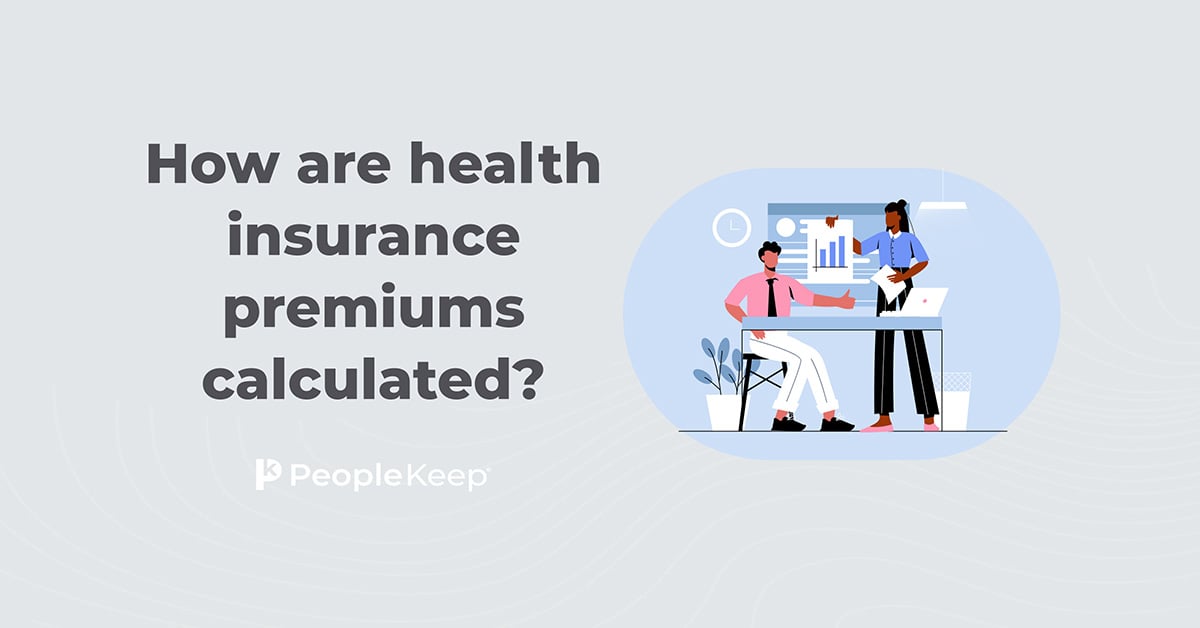What is actuarial value?
By Holly Bengfort on February 4, 2025 at 2:00 PM
The Affordable Care Act (ACA) requires health insurance plans on the individual and small group markets to meet certain coverage levels. Each level of coverage is assigned to a different metallic tier: Bronze, Silver, Gold, and Platinum. Bronze plans typically have lower monthly premiums but higher out-of-pocket costs when you receive care. On the other hand, Platinum plans have higher premiums but lower out-of-pocket costs.
Actuarial value (AV) defines these metal levels. The AV is intended to help healthcare consumers compare several types of plans offering different coverage levels.
But what exactly does actuarial value mean, and how does it change the way you shop for a health plan on the exchanges?
In this article, we'll cover everything you need to know about actuarial value calculations, how health insurance plans are categorized, and how to choose a plan that works best for you.
In this blog post, you'll learn the following:
- The ten essential health benefits that plans need to cover.
- What the differences are between each metal tier.
- Why cost-sharing parameters and provider networks can still differ within the same actuarial level.
How is actuarial value defined?
Actuarial value is the percentage of healthcare expenses a health insurance plan will pay. Insurers calculate AV based on the cost-sharing features for a set of covered benefits. These types of estimates are based on the average healthcare percentage of costs among the standard population—not your individual medical care expenses.
For example, an insurer offering a plan with a 70% AV is expected to pay 70% of a standard population's expected medical expenses for essential health benefits. The insurance company would then pass the remaining 30% of the expected medical cost to patients. This is in the form of deductibles, copayments, coinsurance rates, and out-of-pocket maximums.
Plans with the same AV level can differ in design
When choosing your type of plan, you'll not only want to take a look at AV—you'll also want to make comparisons across plan designs. Actuarial value only reflects cost-sharing percentages. It doesn’t determine the quality of care or network coverage you’ll receive. So, don't expect every Bronze, Silver, Gold, or Platinum plan to look identical. Plan types with the same AV range can have different plan designs, as insurers have the freedom to design unique plans that all fall under the same category of AV. With each one, you can expect to see a range of cost-sharing parameters and provider networks for medical services.
Which plans have more actuarial value?
Each metallic tier has varying levels of AV. The chart below breaks down each type of plan and its AV percentage:
|
Plan types |
Bronze Plans |
Silver Plans |
Gold Plans |
Platinum Plans |
|
AV |
60% |
70% |
80% |
90% |
AV only determines how much you'll pay out-of-pocket on average with the plan’s coverage—not the quality of medical services or amount of care you're eligible to receive. It's important to note that while each plan covers a different percentage of average costs, they all cover the ten essential health benefits outlined by the ACA.
HealthCare.gov 1 lists the ten essential health benefit categories as:
- Ambulatory patient services, such as outpatient care
- Emergency services
- Hospitalization, including surgery and overnight stays
- Pregnancy, maternity, and newborn care
- Mental health and substance use disorder services like behavioral health treatment
- Pharmacy benefits such as prescription drugs
- Rehabilitative and habilitative services and devices
- Laboratory services
- Wellnesses and preventive services and chronic disease management
- Pediatric services, including oral and vision care
Additional plan options
Expanded Bronze plans offer a little more coverage. According to Verywell Health, expanded Bronze plans can have actuarial value as high as 65%. With that increased AV, expanded Bronze plans must pay for at least one major service before the enrollee's deductible is met. However, they can impose reasonable patient cost-sharing through a copay.
Not all plans fit within the metallic tiers. Catastrophic plans fall below Bronze plans and have an AV below 60%. With low monthly premiums and extremely high deductibles, people on this plan end up paying greater out-of-pocket costs for their medical expenses. HealthCare.gov2 explains that people younger than 30 and those 30 or older with a hardship exemption or affordability exemption are the only people eligible to buy catastrophic plans.
How do I know which health plan is right for me?
Deciding if you need a health plan with a higher or lower AV will depend on the healthcare expenses you expect to incur in a given year.
Here are a few questions to ask yourself to help you decide which plan is best for you:
- Do I plan to visit the doctor often?
- Do I take prescription drugs that need frequent refills?
- Do I have a disease or chronic illness that requires more care?
- Do I have a high-risk job that makes me more prone to accidents?
If you answered “yes” to a few of these questions, you'll probably want a health plan with a higher AV, such as a Platinum or Gold plan. However, if you answered “no” to most of them, you may only need a plan for the worst-case scenario and might choose a plan with a lower AV, such as a Bronze or Silver plan.
Are there other ways to get my healthcare costs covered?
Getting your healthcare costs partially covered through an insurer is a significant first step in making your medical expenses more affordable, but it's not your only option.
If your employer offers a health reimbursement arrangement (HRA), you can get more than 200 eligible medical expenses reimbursed—tax-free—through your organization.
This includes a wide variety of healthcare costs, such as:
- Monthly premiums for individual vision, dental, and medical plans
- Preventive care
- Prescription drugs
- Over-the-counter medication
- Mental health counseling
With an HRA, your employer can offer a monthly allowance for you to spend on the qualifying medical expenses you, your spouse, and your dependents need each month. You then submit your expenses for reimbursement. What's more, you can also get your individual health insurance premium reimbursed, helping you save even more on your healthcare.
Conclusion
Shopping around for a health insurance policy can seem daunting. However, understanding how actuarial value works makes it easier to navigate health insurance exchanges.
If you require little medical care, a Bronze-tier plan with a low monthly premium and a high deductible may be your best option. But if you plan to see a doctor frequently, you may be better off with a Gold or Platinum plan that offers more generous cost coverage. When you know the differences between each metallic level and the plan designs within them, you can choose the option that works best for your budget and lifestyle.
This article was originally written on December 20, 2012. It was last updated February 4, 2025.
Check out more resources
See these related articles

What is a health insurance premium?
A health insurance premium is the amount of money you pay to your insurance provider for your health coverage. Learn more about health insurance premiums here.

How are health insurance premiums calculated?
Ever wonder how health insurance premiums are determined? This comprehensive blog breaks down the factors that influence the cost of your health insurance.

What is a qualified health plan (QHP)?
Learn the ins and outs of qualified health plans (QHPs), including how they’re categorized and how you can enroll in one.



